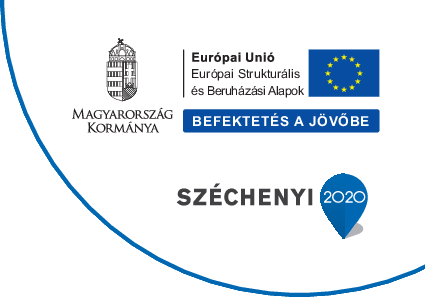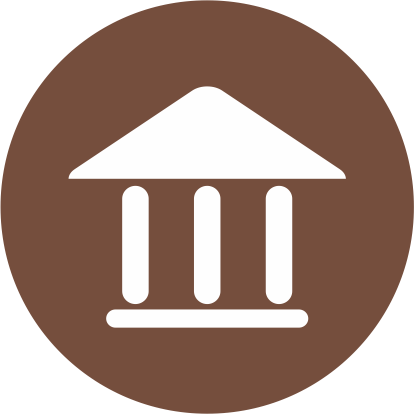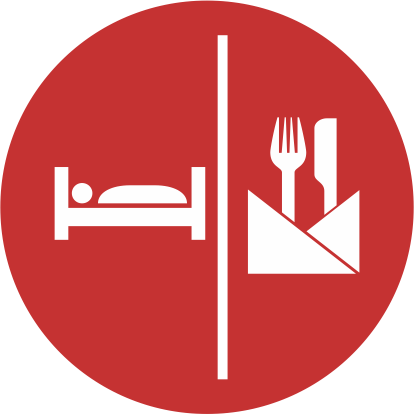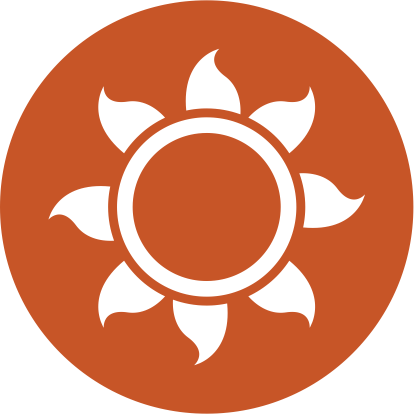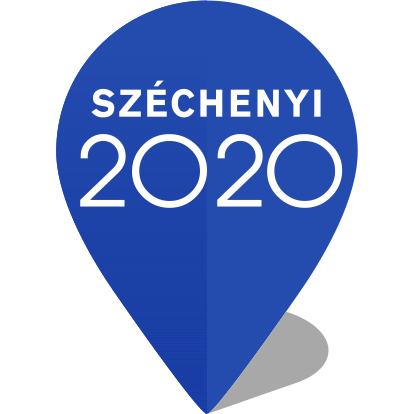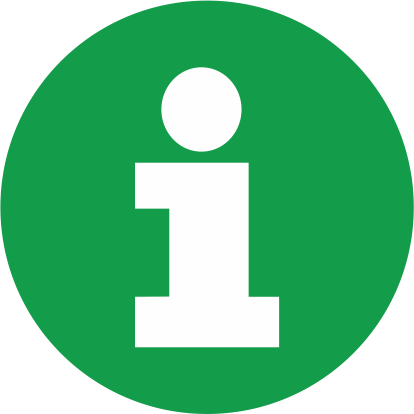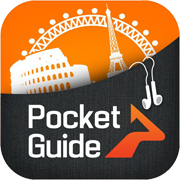The bridge fair
The nation-wide famous bridge fair is inseparable from the nine-arch bridge. It both gave the name of the fair and functions as its symbol too. It is one of the important and internationally considered Hungarian fairs. Its speciality: the historical development and that it is held on the puszta.
The bridge fair of the Hortobágy developed as one of the fairs of Debrecen. Debrecen, at the geographically important crossing of the east-west and north-south roads, soon became a significant market-place. It received a market-licence in 1405, which was followed by other privileges later. In 1466, Erzsébet Szilágyi grants an unexampled market-privilege to one street of the town, the Mester Street ("Master") and one year later to the Homok, today Csapó, Street. Then the fair was held on the Piac Street ("Market Street"). All of the market places had their own kind of special articles. During the town-planning, these were liquidated. The early differentiation was revived in the 19th century fair of Hortobágy that started as an animal-fair.
The exact date of birth of the fairs on the Hortobágy is not known. When it was mentioned in the documents, it was referred to as a fair with a long history, and not even as a bridge-fair, because originally it was not held by the bridge, but on the "Gulyaszél". According to Pál Móricz, Futó- or Betyárvásárok ("Outlaw-fairs") have long been held on the Hortobágy puszta. Ferenc Király writes: "Twice a year a fair is held," where horses and cattle are sold and bought.
The Gulyaszél fair moved unnoticeably next to the bridge. First (in 1825) the horses were taken there, then in 1846 the cattle-fair was also held there. However, the council of Debrecen decided about the regular animal-fair to be held twice a year and that it was to be held where it had been held formerly, next to the bridge.
The flourishing of the bridge-fairs dated between the end of the 19th century and the beginning of the 20th. A national animal-fair was to be held twice a year according to the regulation of the President of the Board of the Trade in 1931. In the heyday of the fair a kirakodó fair was held parallel. Mainly the Debrecen masters, hat-makers, szür-makers, boot-makers, the coopers and wheel-smiths from Miskolc, the potters an pipe-makers from Debrecen, Füred, Mezőcsát, saddle-makers of Tiszafüred, fur-bag makers from Szarvas, bell and ring makers from Upper-Hungary sold their famous products, honey-cake and barbecue could be bought. But the covered wagon of Debrecen could also be bought here. The pole of the wagon to be sold was raised and a bundle of straw was tied onto it.
The bridge fairs lost their significance in the years preceding World War II, because the animal husbandry on the Hortobágy also changed. And it was not held after the War either, for a long time. It was renewed in 1960, but without the animal-fair which was prohibited by the law. By reviving the fair the organizers aimed to boost up tourism. So the fair gives place to selling articles of handicraft and folk-art. And it also gives place to the yearly meeting of shepherds. The march of the shepherds and the wreathing of the statue of the "Shepherd boy" are spectacular events of the fair.


